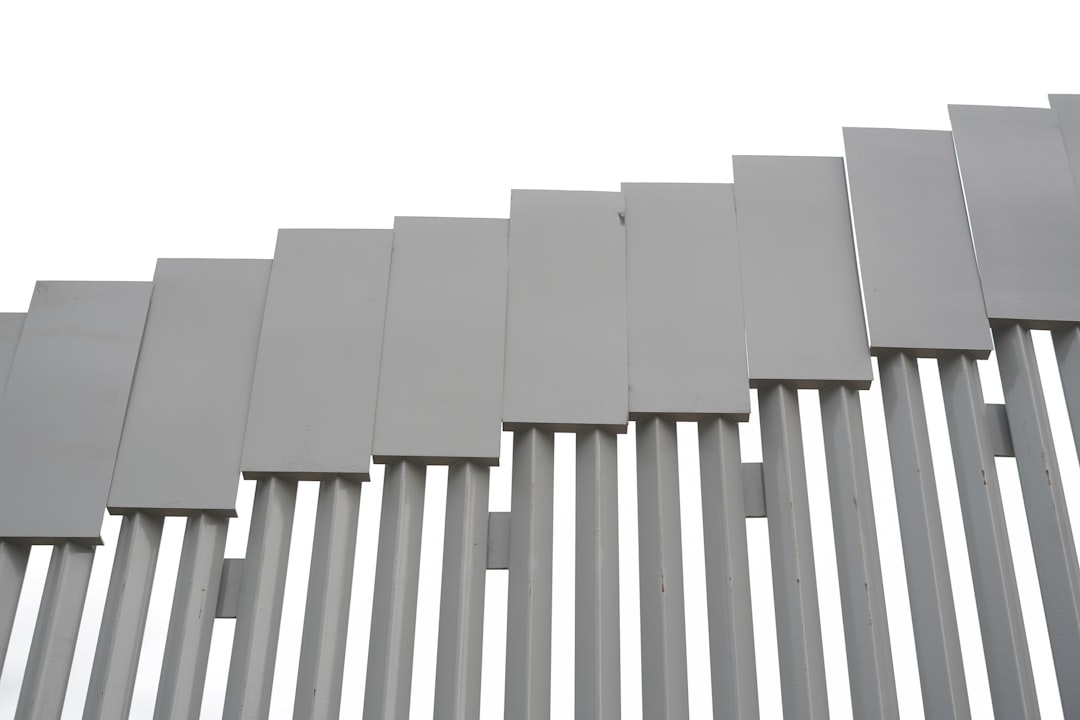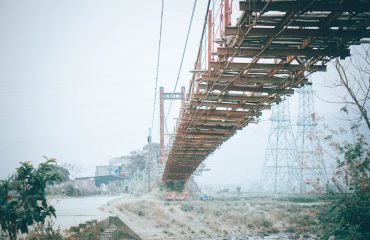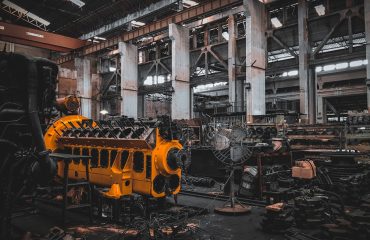The skyline of modern cities is increasingly defined by the elegant silhouettes of multi-story steel buildings. This robust and versatile material offers a compelling alternative to traditional construction methods, providing a range of benefits for developers and occupants alike. This comprehensive guide delves into the world of multi-story steel building solutions, exploring the key aspects that make it a leading choice in contemporary construction.
1. Design Considerations for Multi-Story Steel Structures
Designing a multi-story steel building requires meticulous planning and expertise. Several crucial factors must be considered from the outset:
- Structural Integrity: Engineers must carefully analyze wind loads, seismic activity, and potential snow accumulation to ensure the structure’s stability and safety. Advanced computer modeling and finite element analysis are often employed to optimize design and minimize material usage.
- Fire Safety: Steel’s susceptibility to fire necessitates the incorporation of fire-resistant coatings, fireproofing systems, and compartmentalization strategies. These measures protect the structural integrity and ensure the safety of occupants in case of a fire.
- Building Codes and Regulations: Compliance with local building codes and regulations is paramount. These codes dictate specific requirements for structural strength, fire protection, accessibility, and other safety aspects.
- Architectural Aesthetics: Steel’s malleability allows for a wide range of architectural designs. From sleek, modern aesthetics to more traditional styles, steel can be shaped and finished to meet diverse aesthetic preferences.
- Sustainability: The choice of steel grade, fabrication methods, and the incorporation of recycled steel contribute significantly to the building’s overall sustainability profile.
2. Construction Methods and Techniques
The construction of multi-story steel buildings typically involves several key stages:
- Fabrication: Steel components are fabricated off-site in controlled environments, ensuring precision and quality control. This prefabrication reduces on-site construction time and minimizes disruptions.
- Erection: Specialized cranes and heavy lifting equipment are used to erect the prefabricated steel components. This process is highly efficient and allows for rapid construction progress.
- Connections: High-strength bolts, welds, and other connection methods are used to join the steel members, creating a robust and stable structure.
- Cladding and Finishing: Once the steel frame is in place, cladding materials (such as glass, metal panels, or brick) are installed, followed by interior finishes and MEP (Mechanical, Electrical, and Plumbing) systems installation.
- Quality Control: Rigorous quality control measures are implemented throughout the construction process to ensure compliance with design specifications and safety standards.
3. Cost-Effectiveness of Steel Construction
While the initial cost of steel may seem higher than some other materials, the long-term cost-effectiveness of steel construction is undeniable:
- Faster Construction Time: Prefabrication and efficient erection methods significantly reduce construction time, leading to faster project completion and reduced labor costs.
- Reduced Labor Costs: The efficiency of steel construction translates to lower labor costs compared to traditional methods.
- Lightweight Structure: Steel’s high strength-to-weight ratio allows for the use of lighter structural members, reducing foundation costs and overall material expenses.
- Durability and Longevity: Steel structures are highly durable and require minimal maintenance, reducing long-term operational costs.
- Adaptability and Flexibility: Steel structures can be easily modified and expanded, providing flexibility for future needs and reducing potential renovation costs.
4. Sustainability and Environmental Impact
Steel construction contributes positively to sustainable building practices:
- Recyclability: Steel is 100% recyclable, minimizing waste and reducing the environmental impact of construction.
- Reduced Construction Waste: Prefabrication and precise manufacturing minimize material waste during the construction process.
- Energy Efficiency: Steel structures can be designed to optimize energy efficiency through insulation and other energy-saving features.
- Reduced Carbon Footprint: The use of recycled steel and advancements in steel production technologies contribute to a lower carbon footprint compared to some traditional materials.
- Durability and Longevity: The long lifespan of steel structures reduces the need for frequent replacements and associated environmental impacts.
5. Future Trends in Multi-Story Steel Building Solutions
The future of multi-story steel construction is marked by innovation and technological advancements:
- Advanced Materials: The development of high-strength, lightweight steel alloys will further enhance the structural performance and sustainability of steel buildings.
- Prefabrication and Modular Construction: The increasing adoption of modular construction techniques will further accelerate construction time and improve efficiency.
- Building Information Modeling (BIM): BIM technology will continue to enhance design collaboration, construction management, and overall project efficiency.
- Smart Building Technologies: Integration of smart building technologies will improve energy efficiency, occupant comfort, and building management.
- Sustainable Design Practices: Emphasis on sustainable design principles will drive the development of even more environmentally friendly steel building solutions.
In conclusion, multi-story steel building solutions offer a compelling combination of strength, versatility, cost-effectiveness, and sustainability. As technology advances and design practices evolve, steel will continue to play a crucial role in shaping the future of urban landscapes.
Tags: Multi-story steel buildings, steel construction, steel building design, sustainable steel buildings, high-rise steel structures




